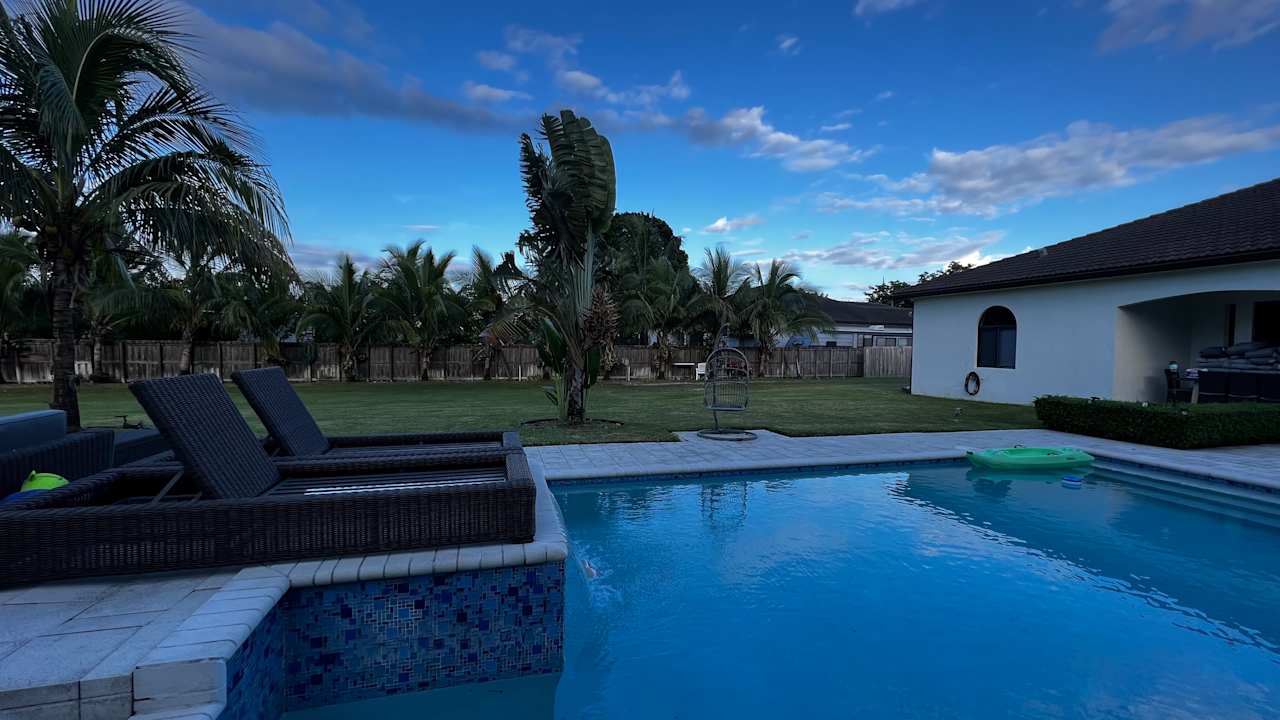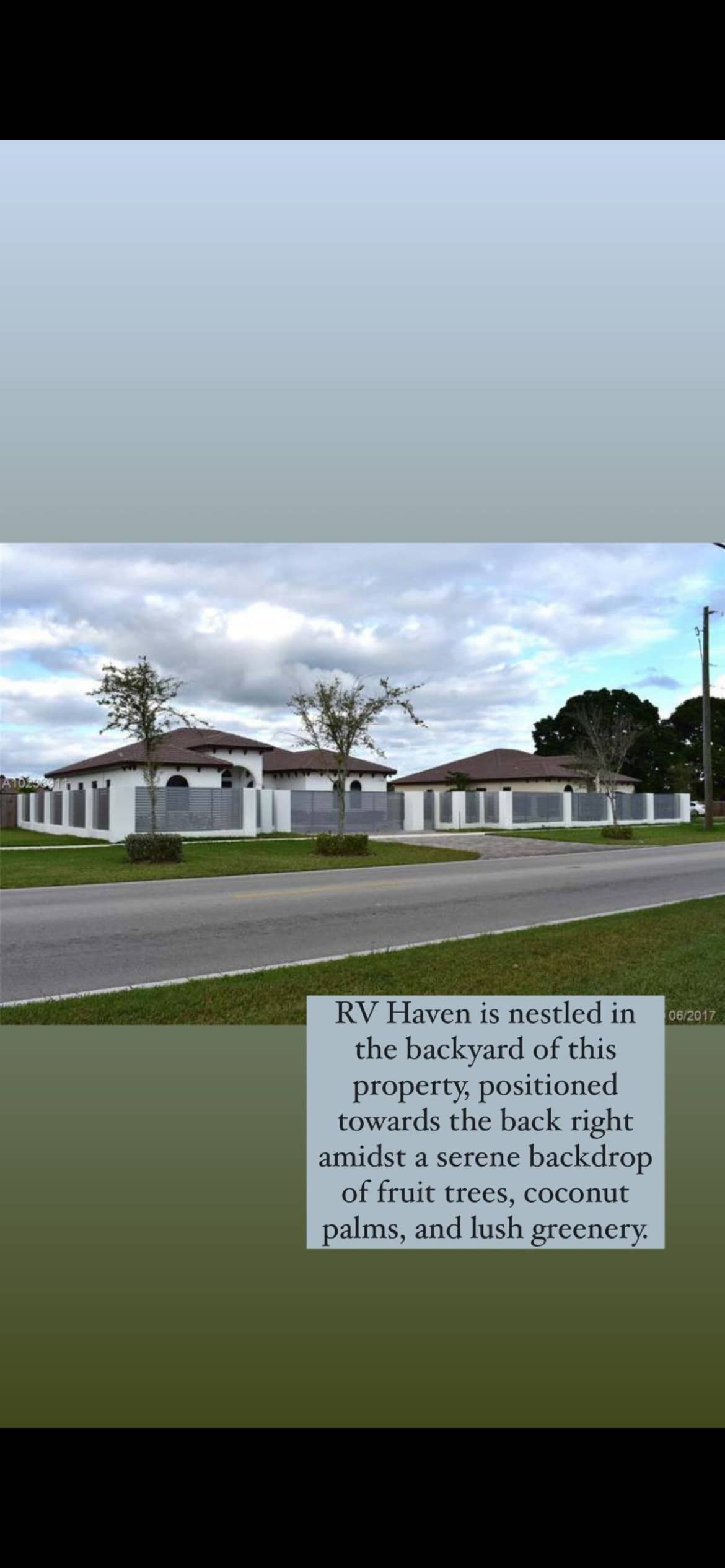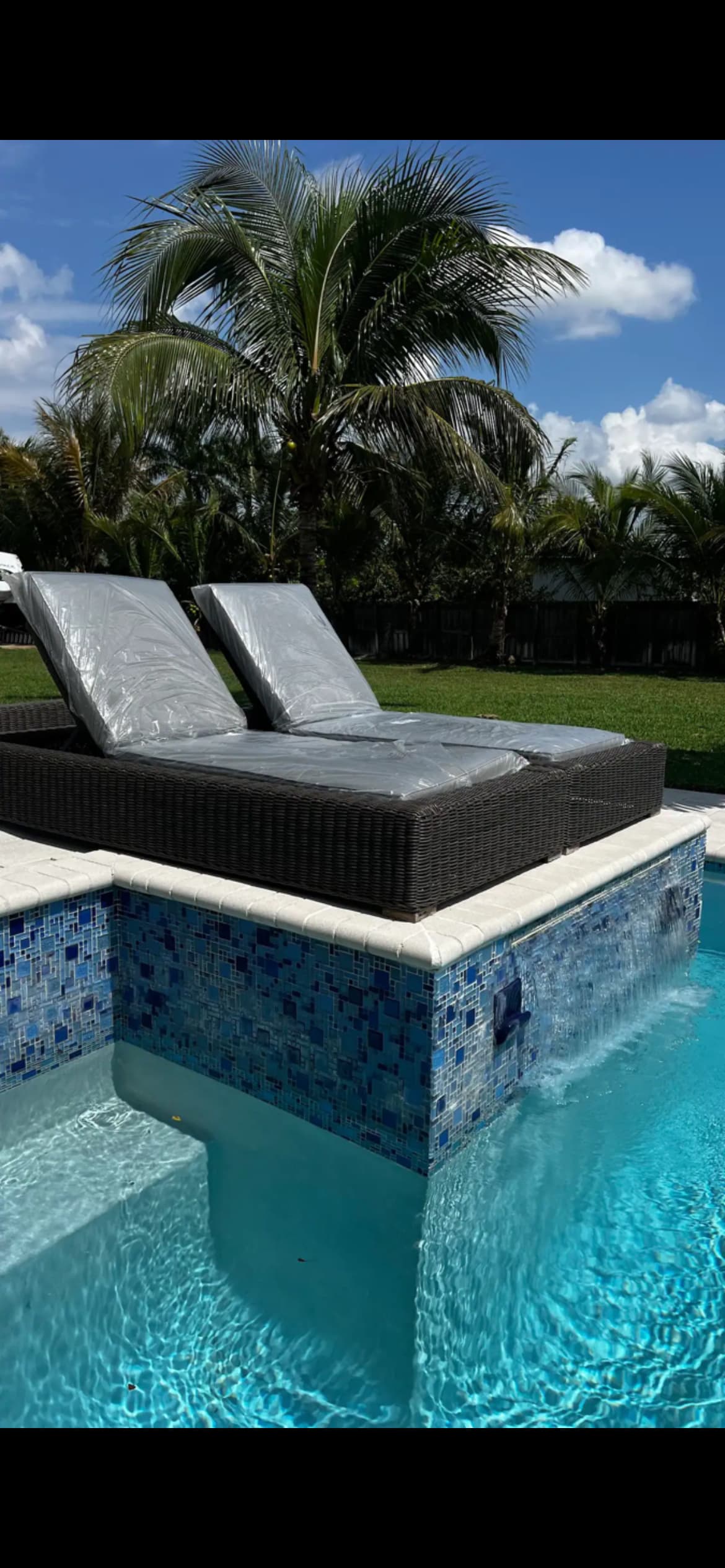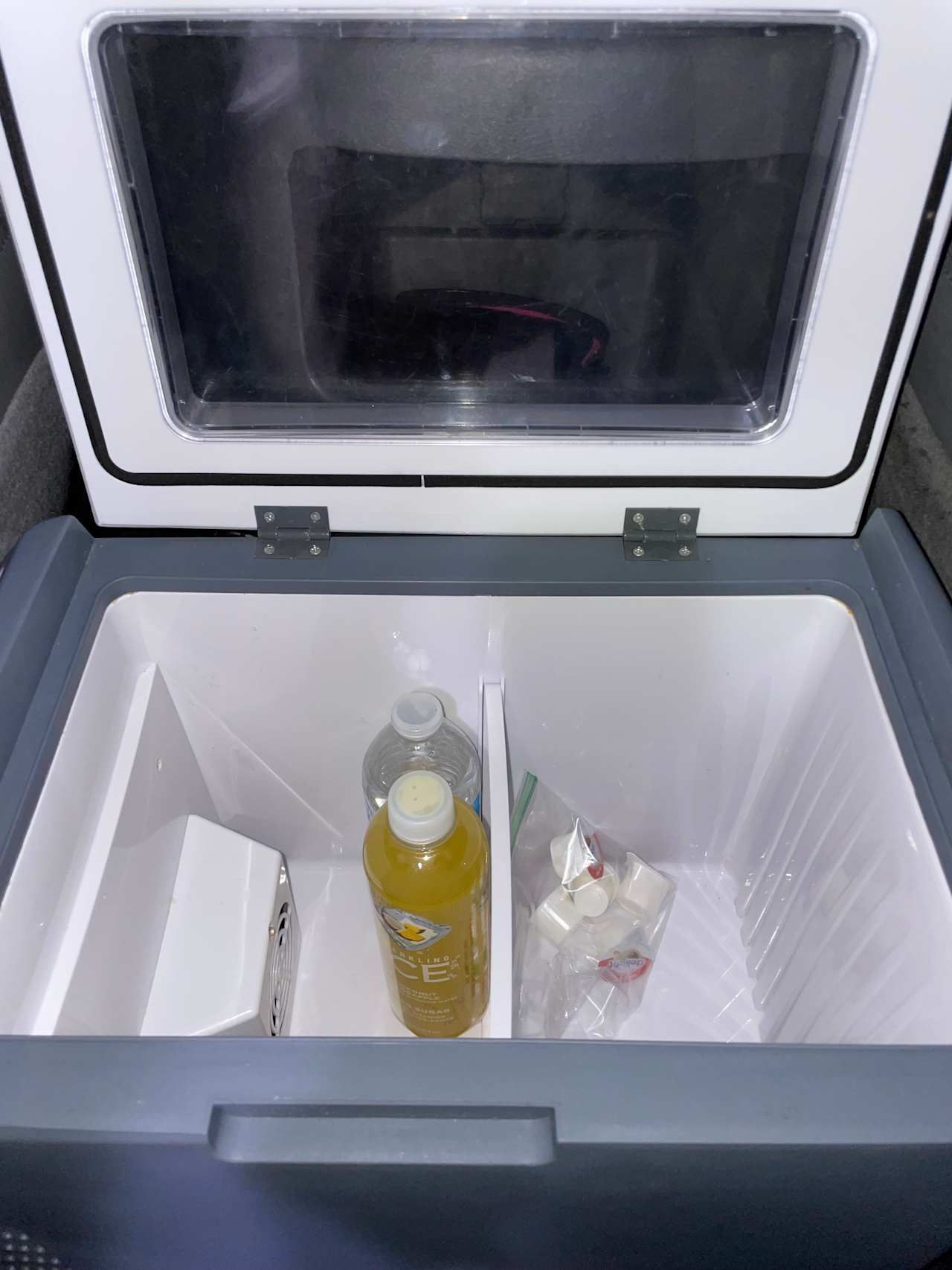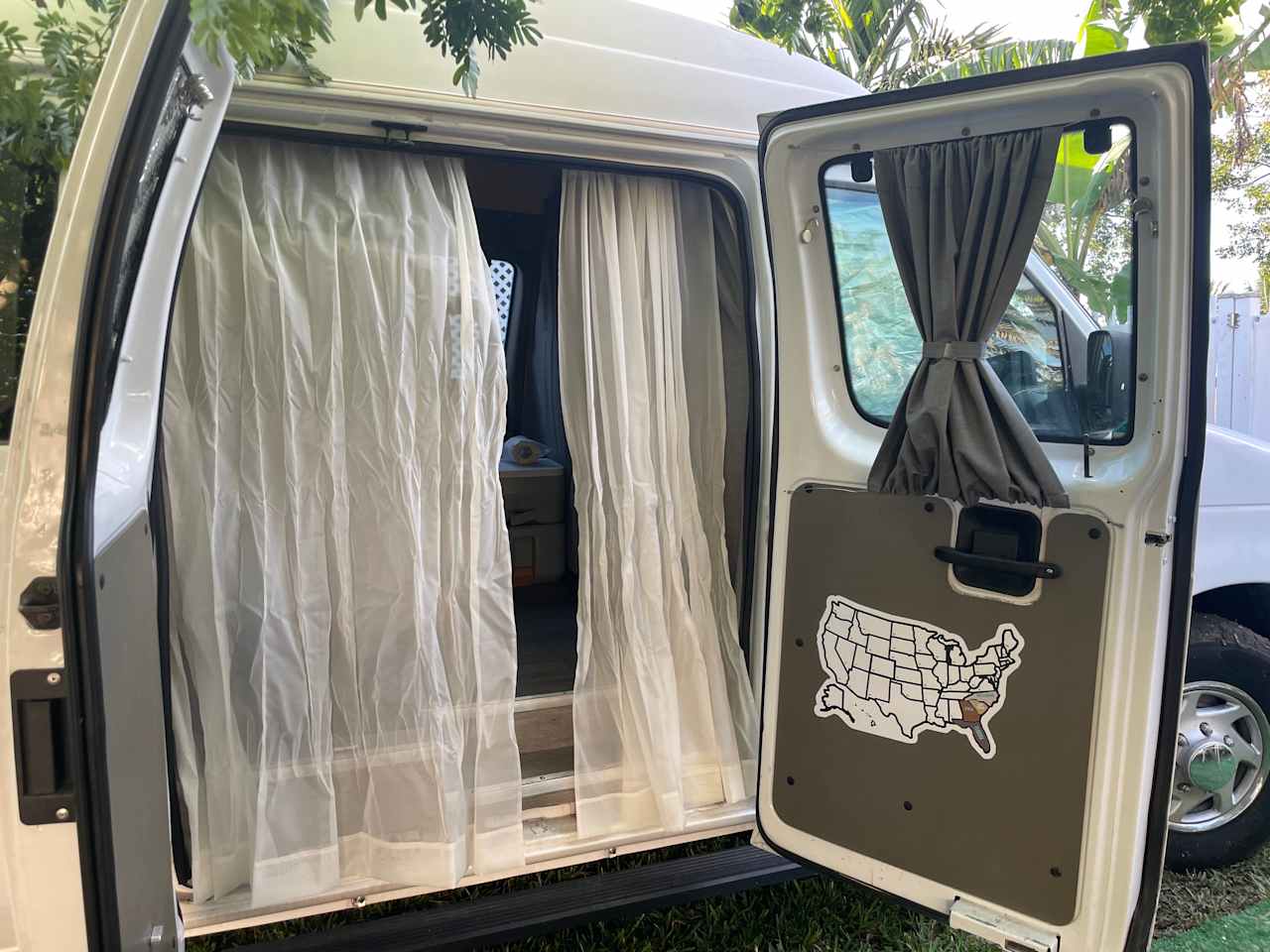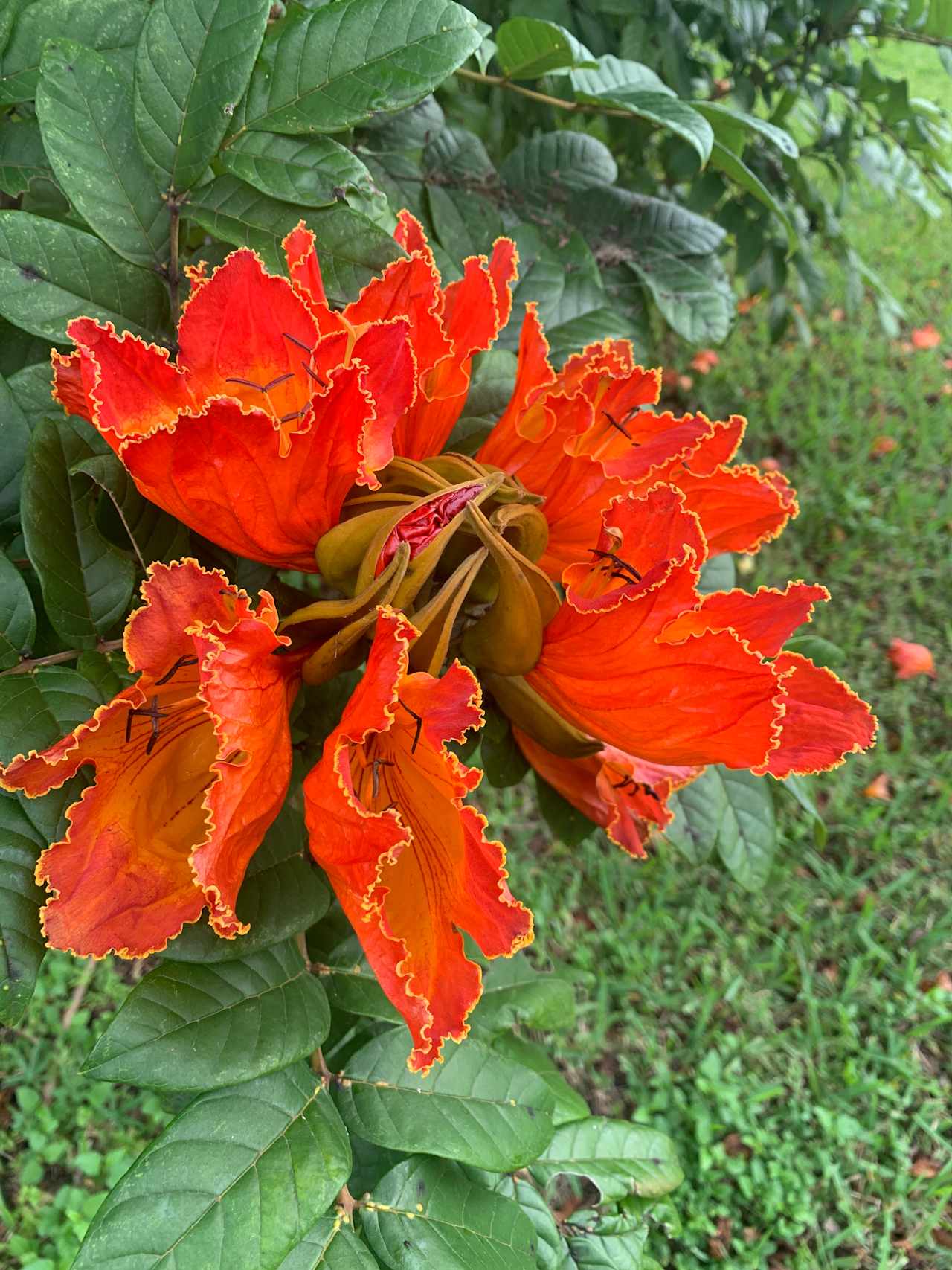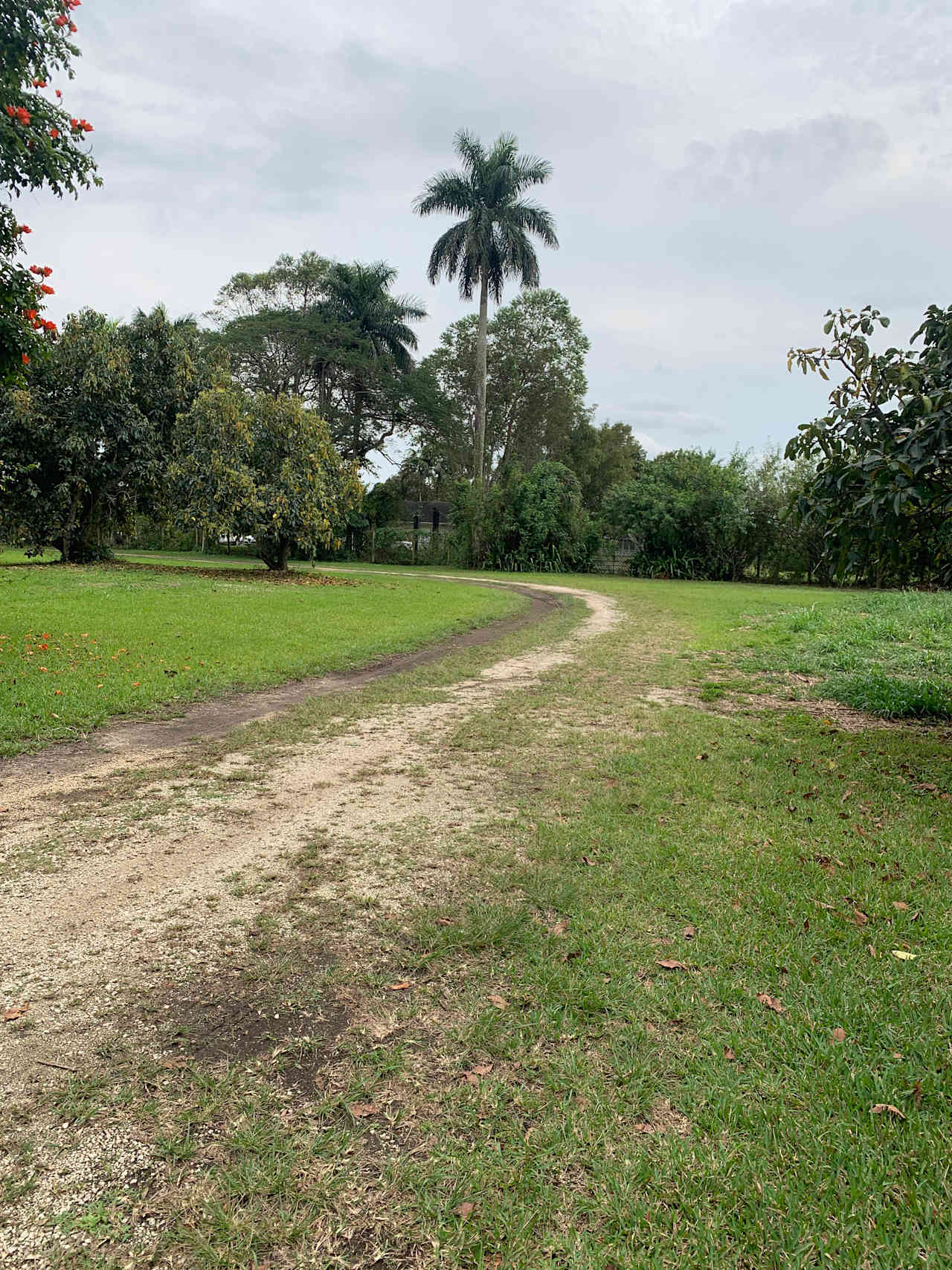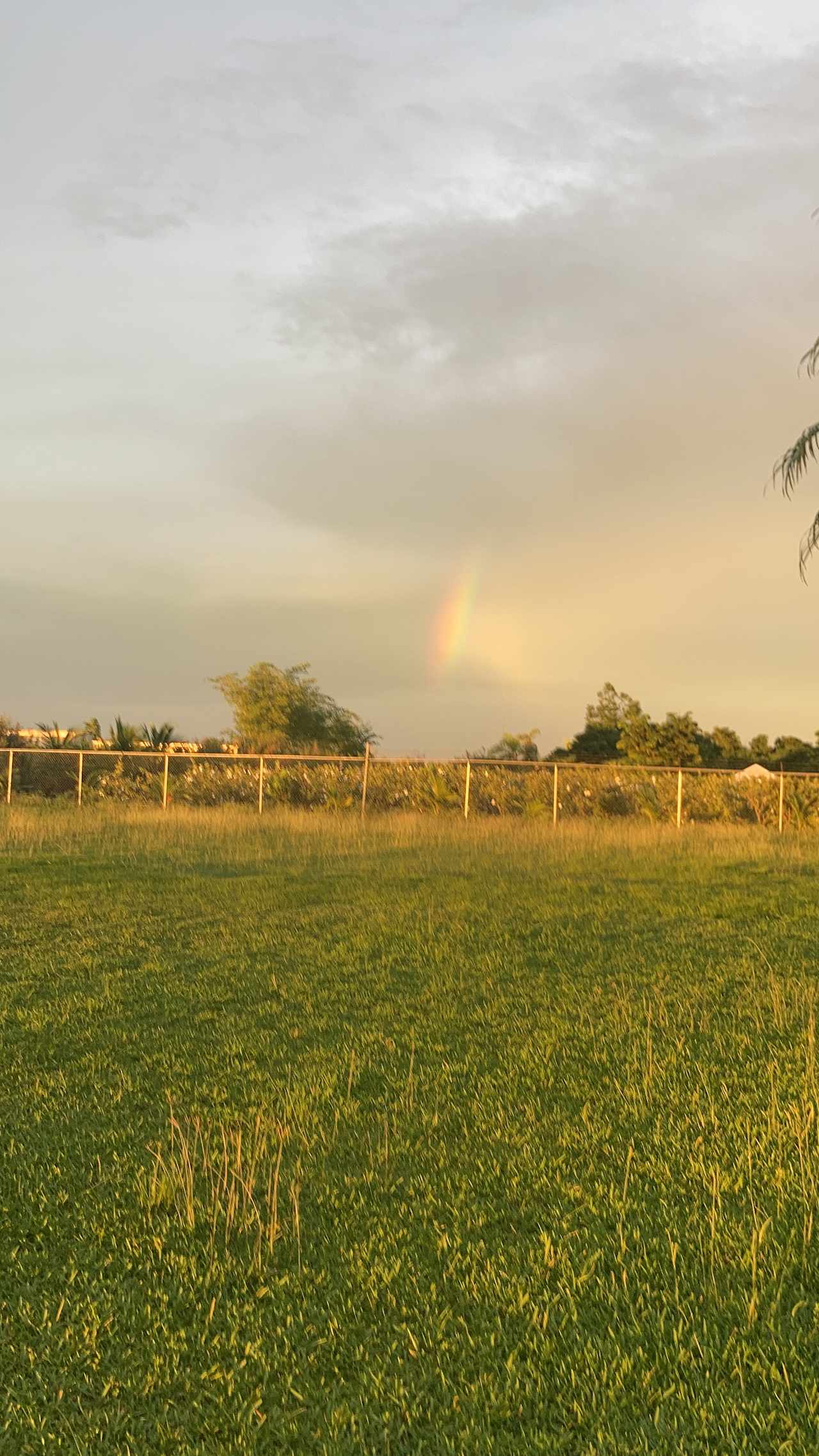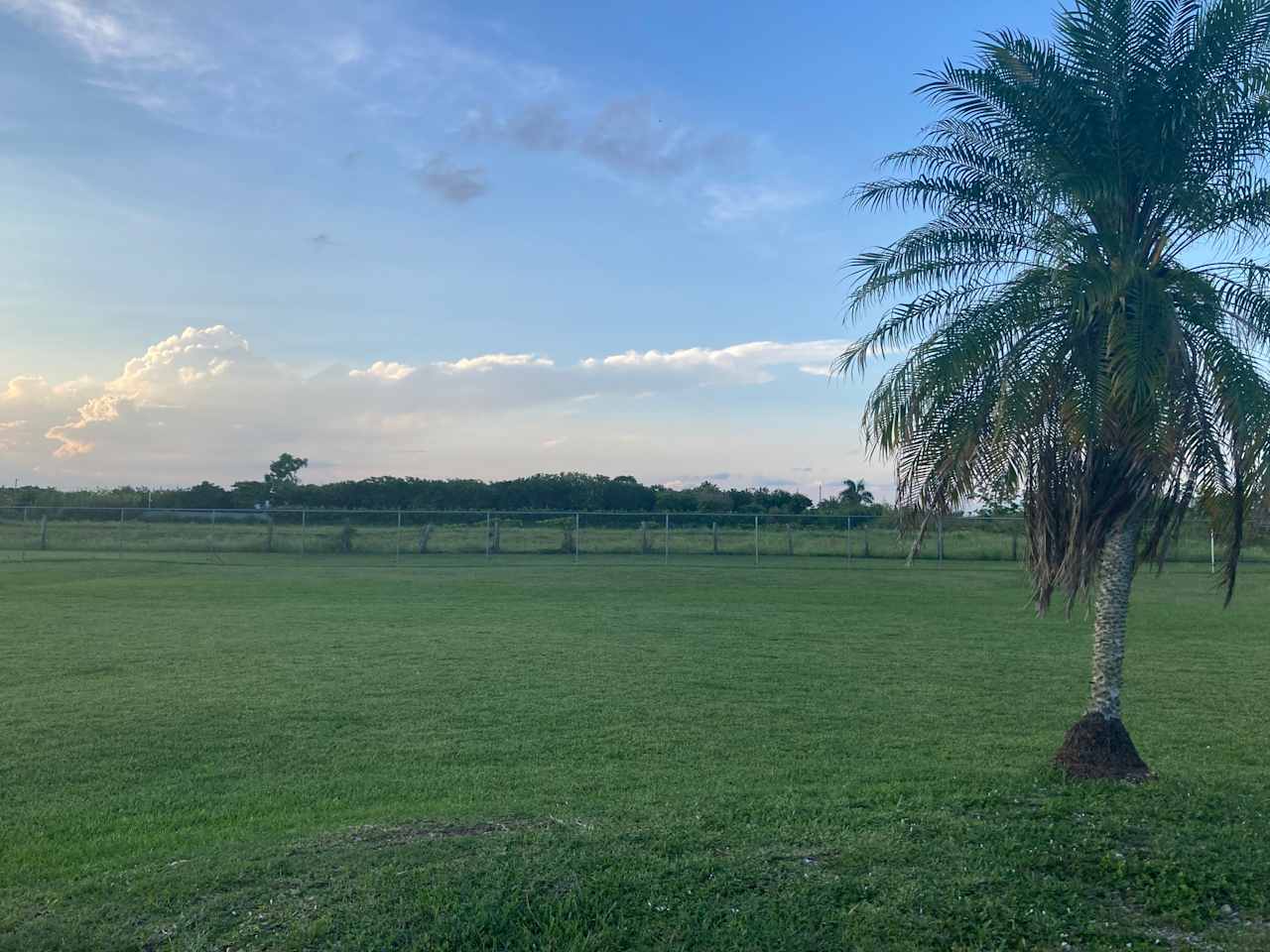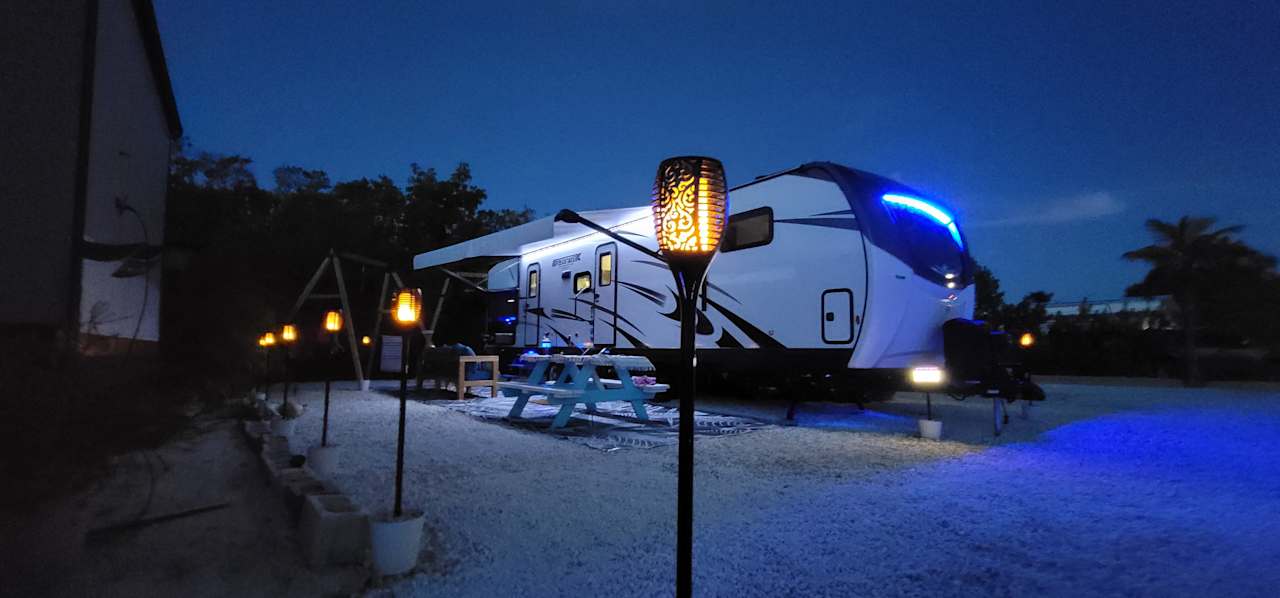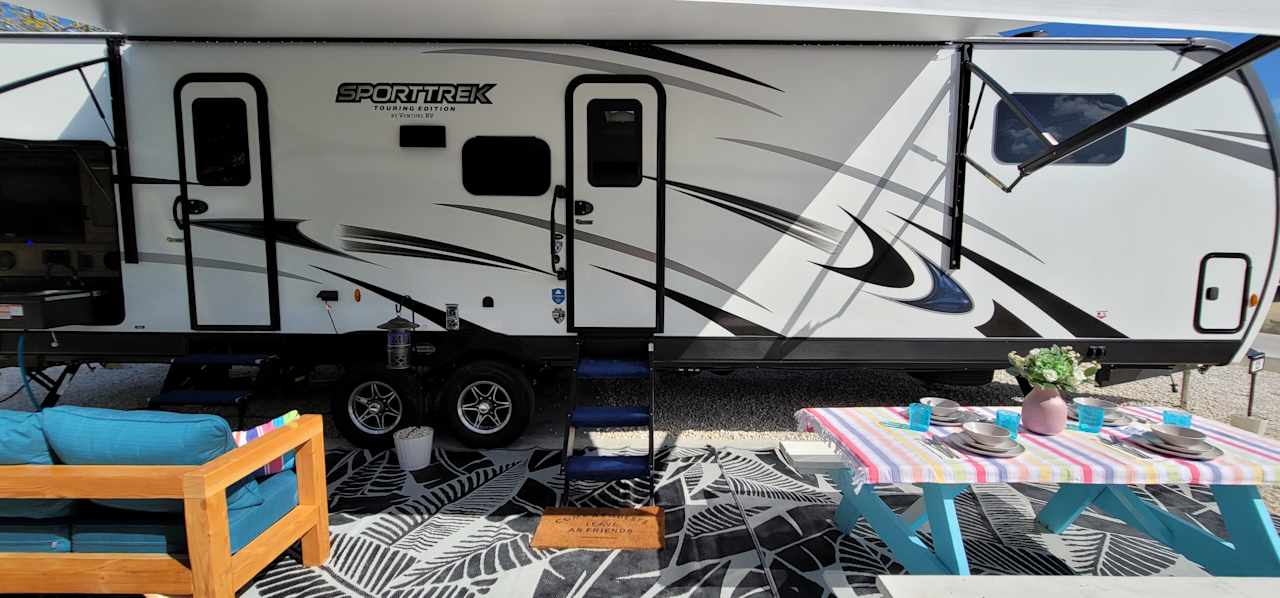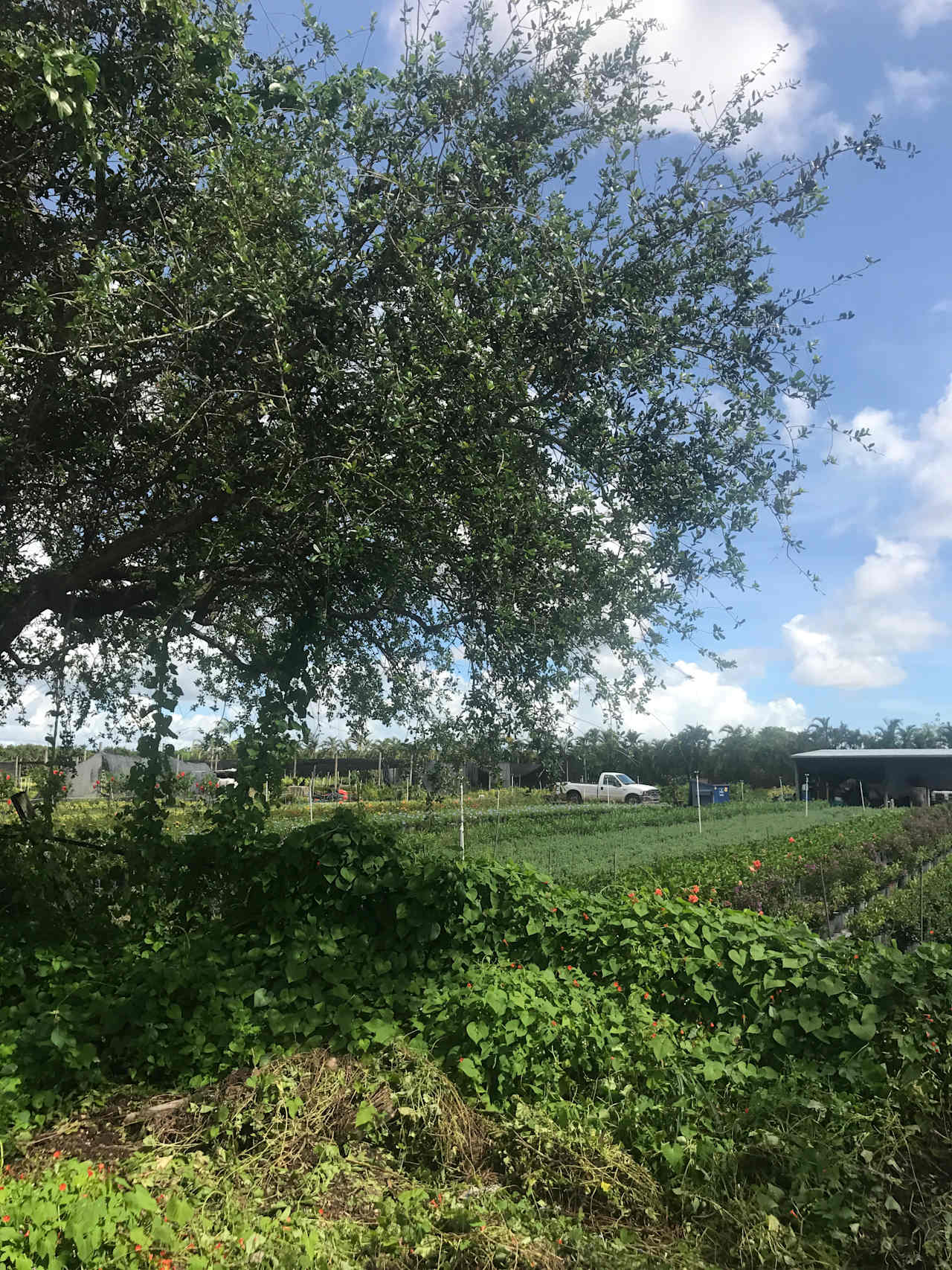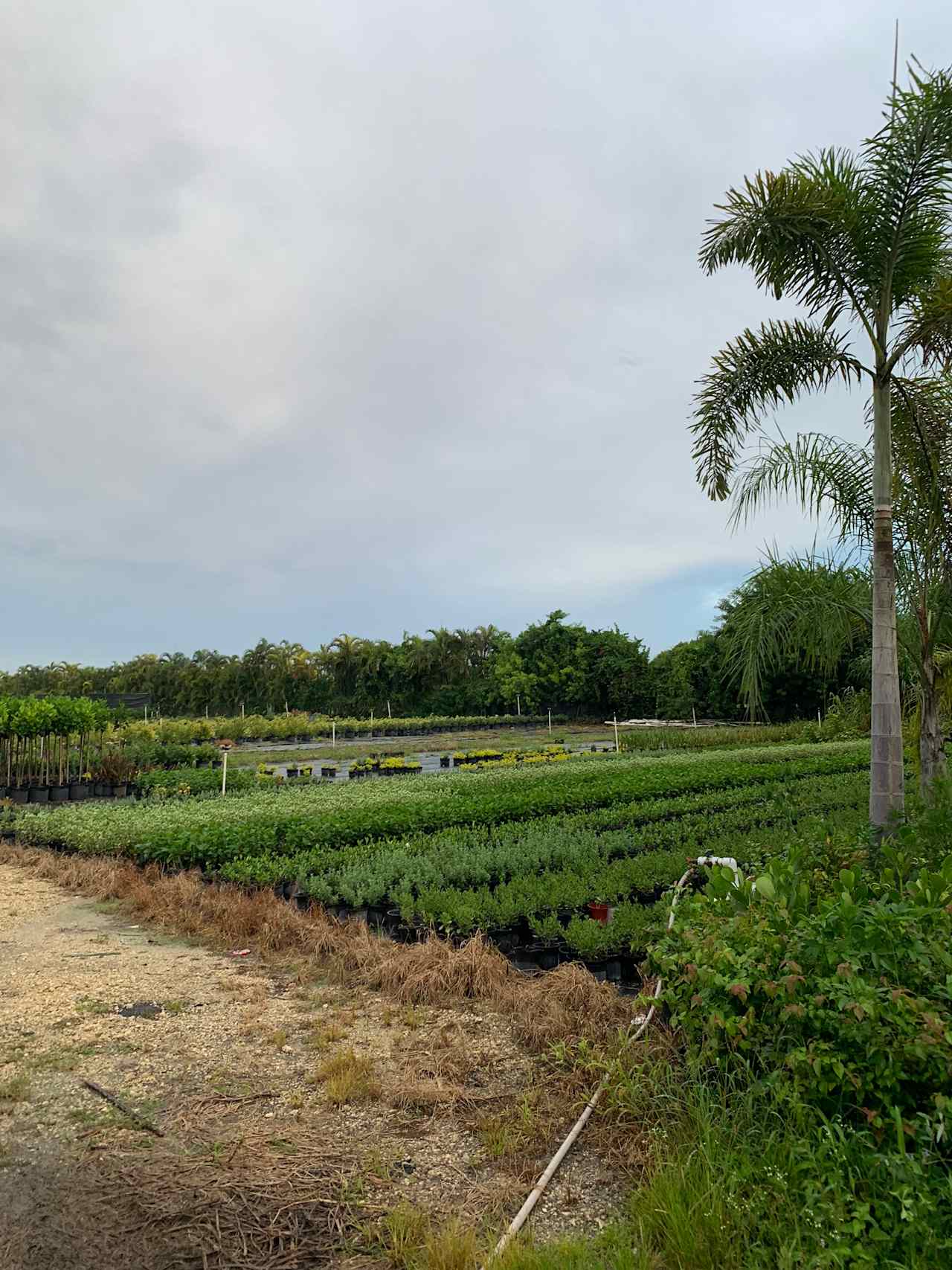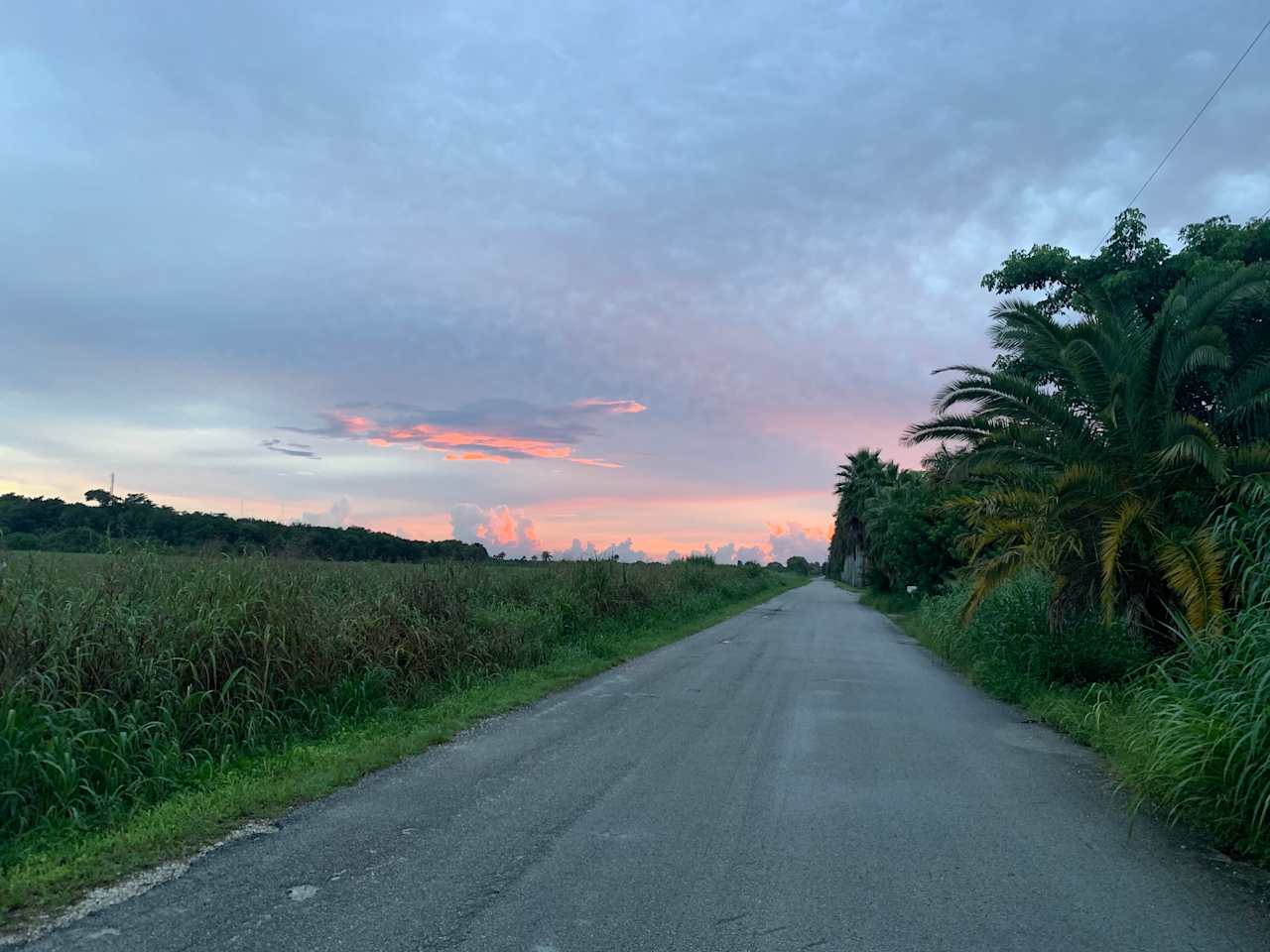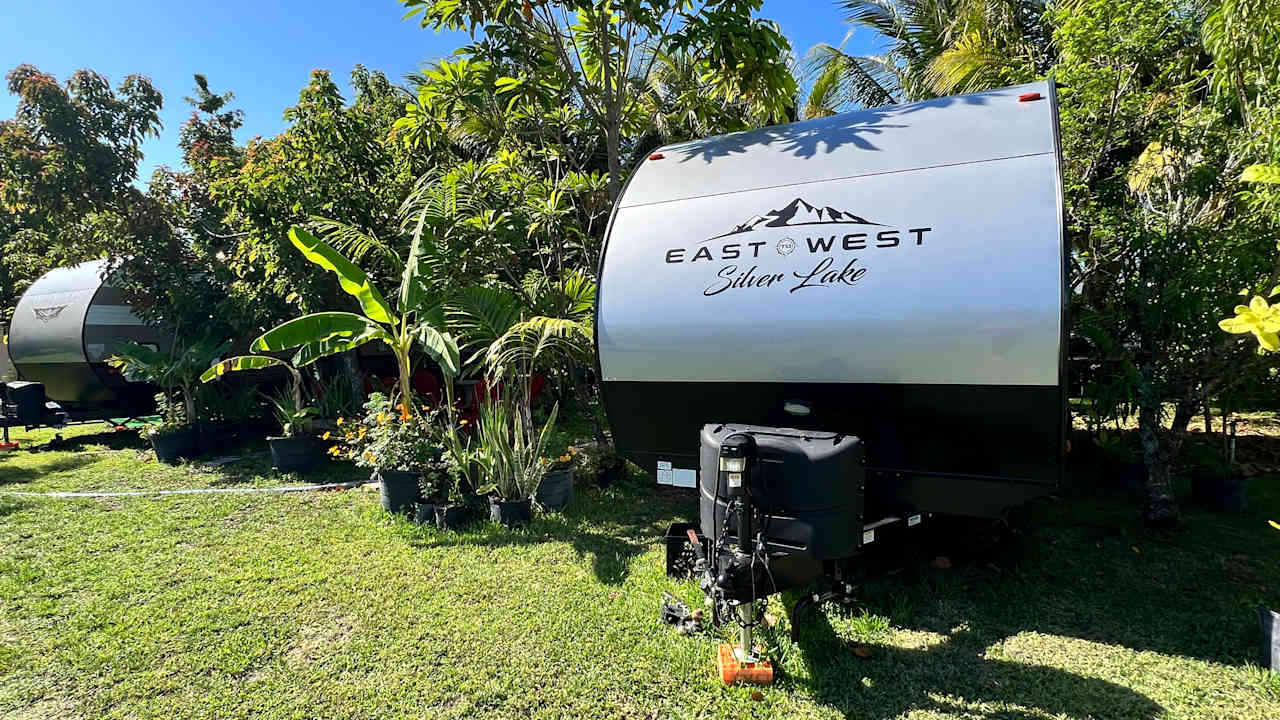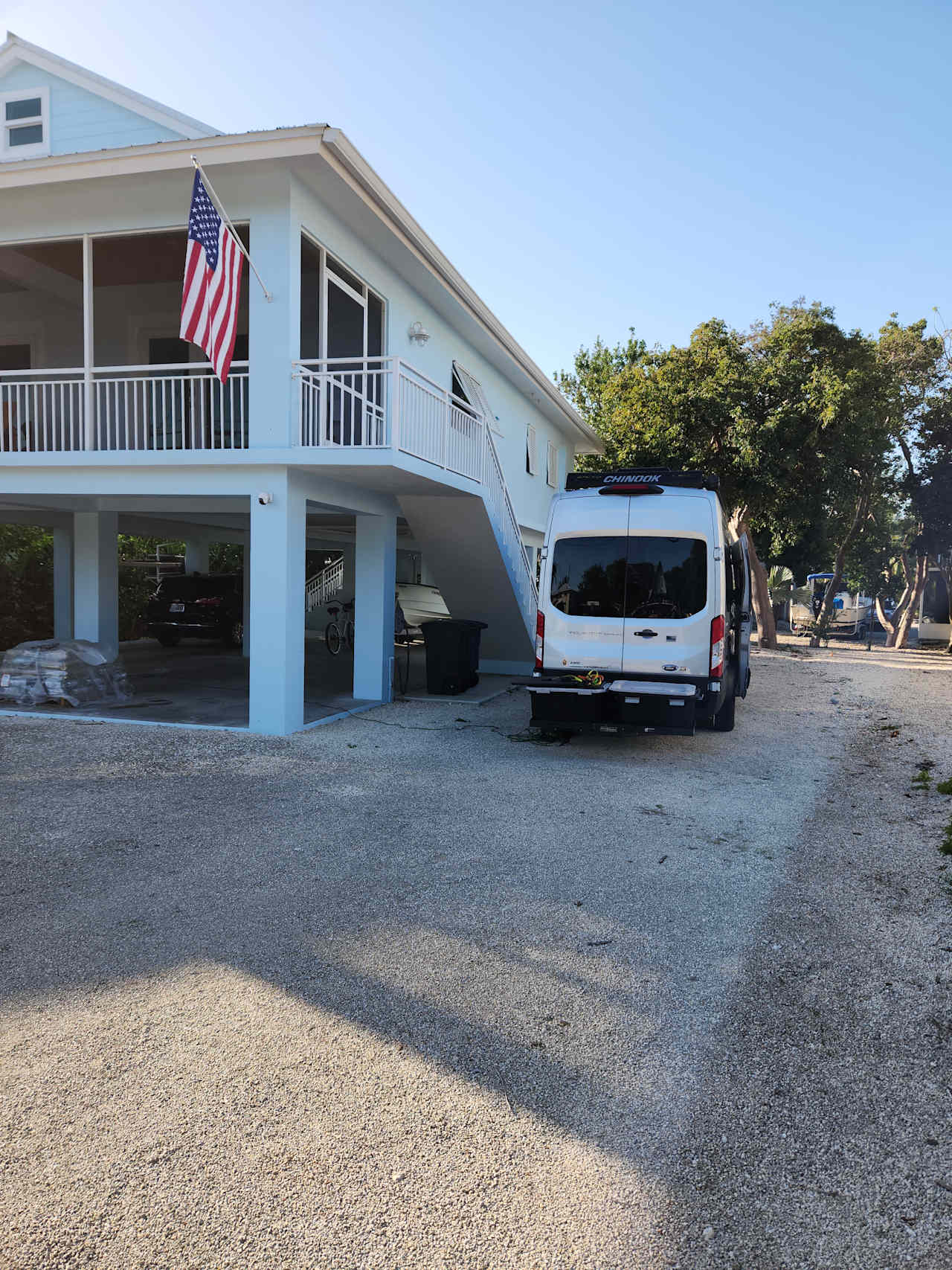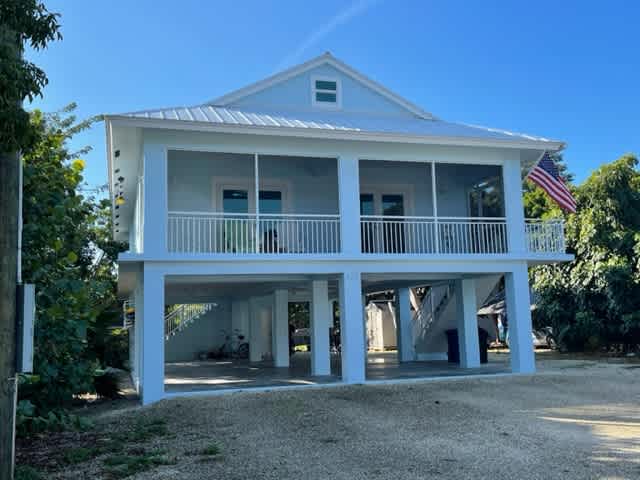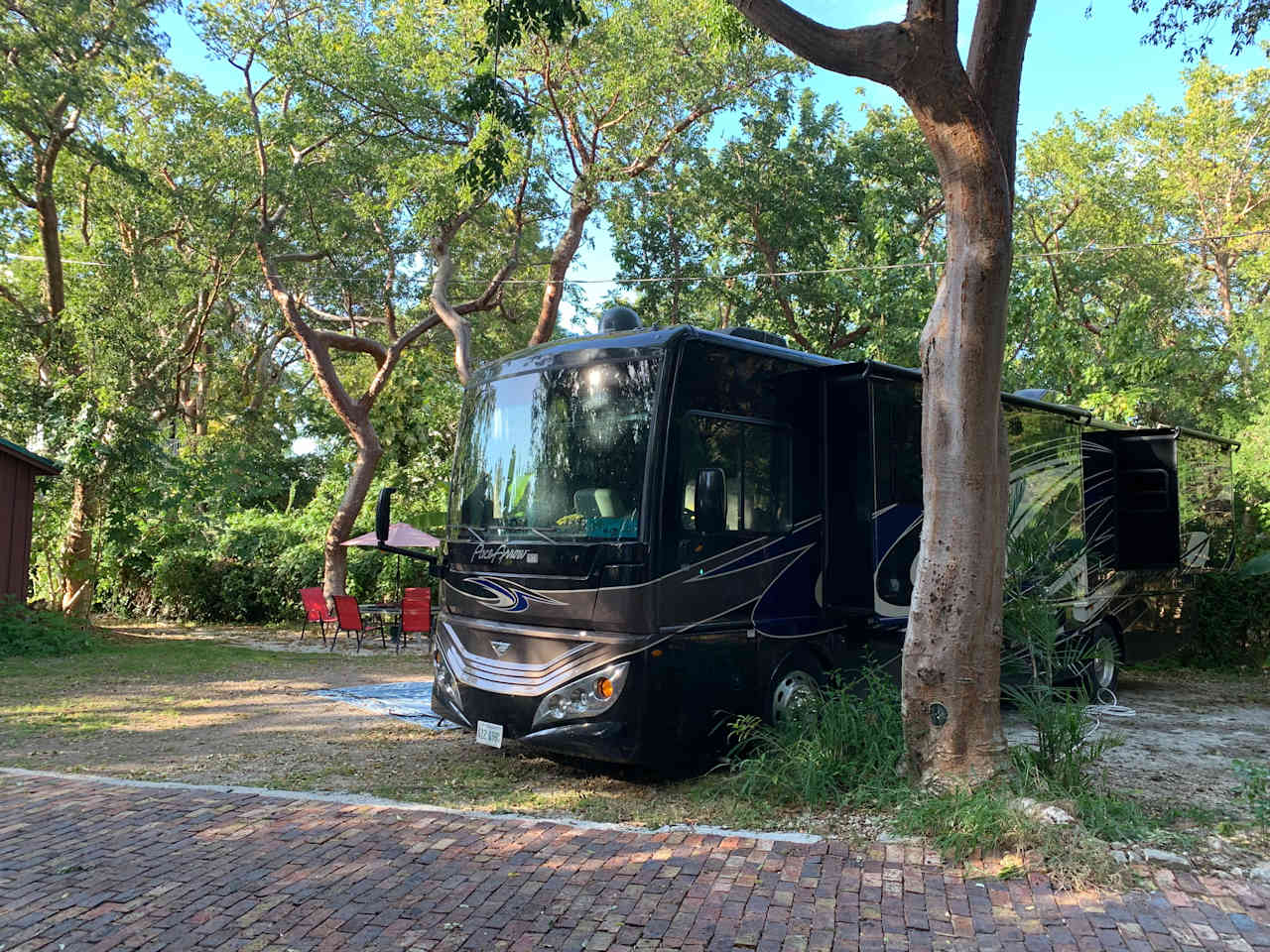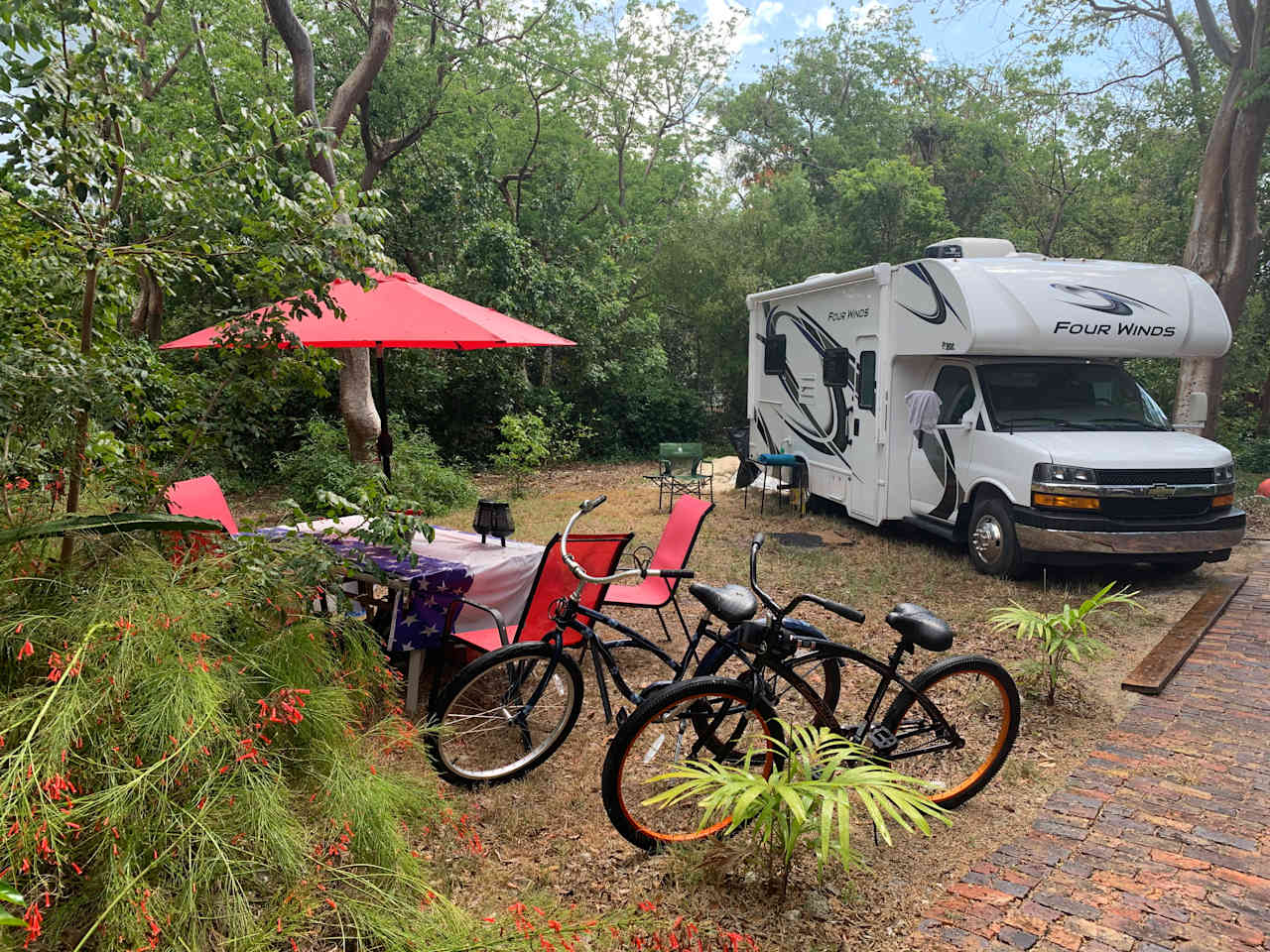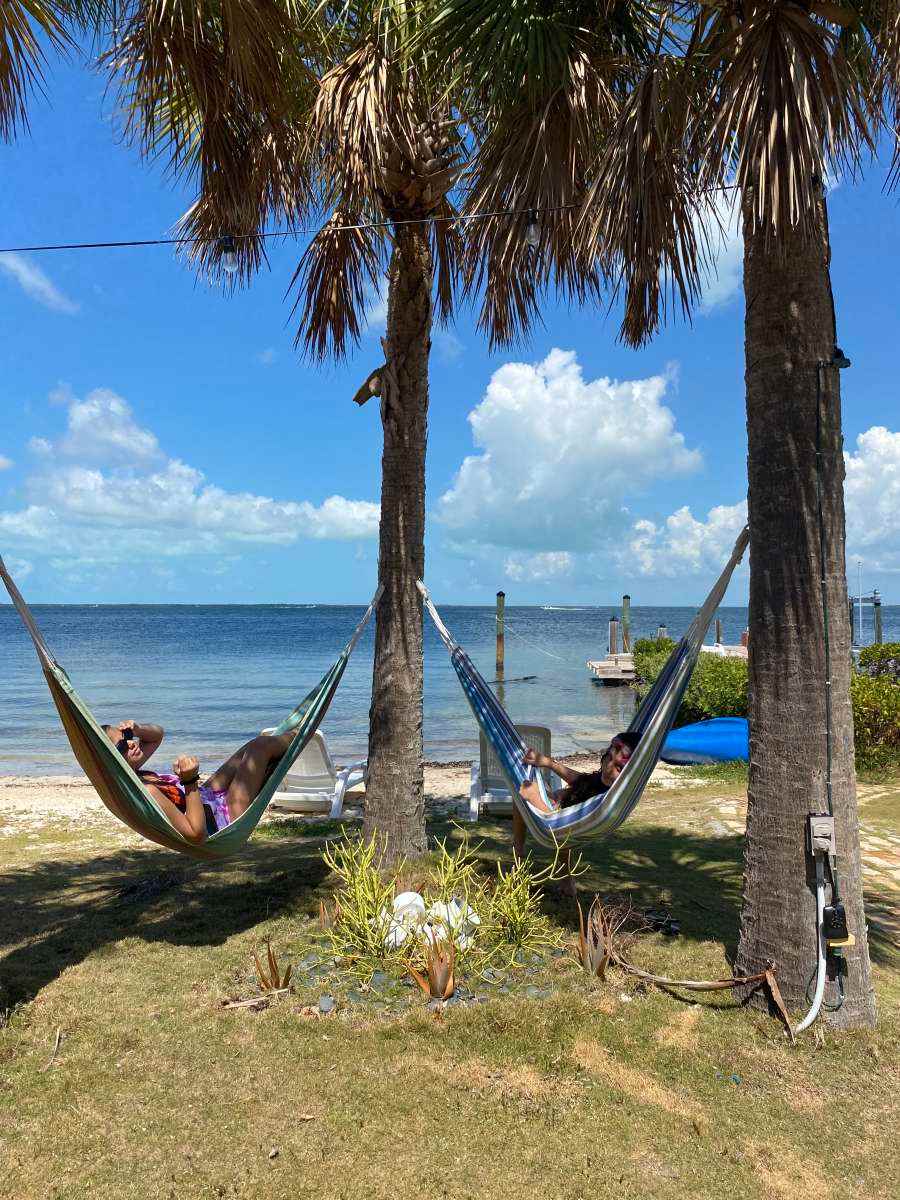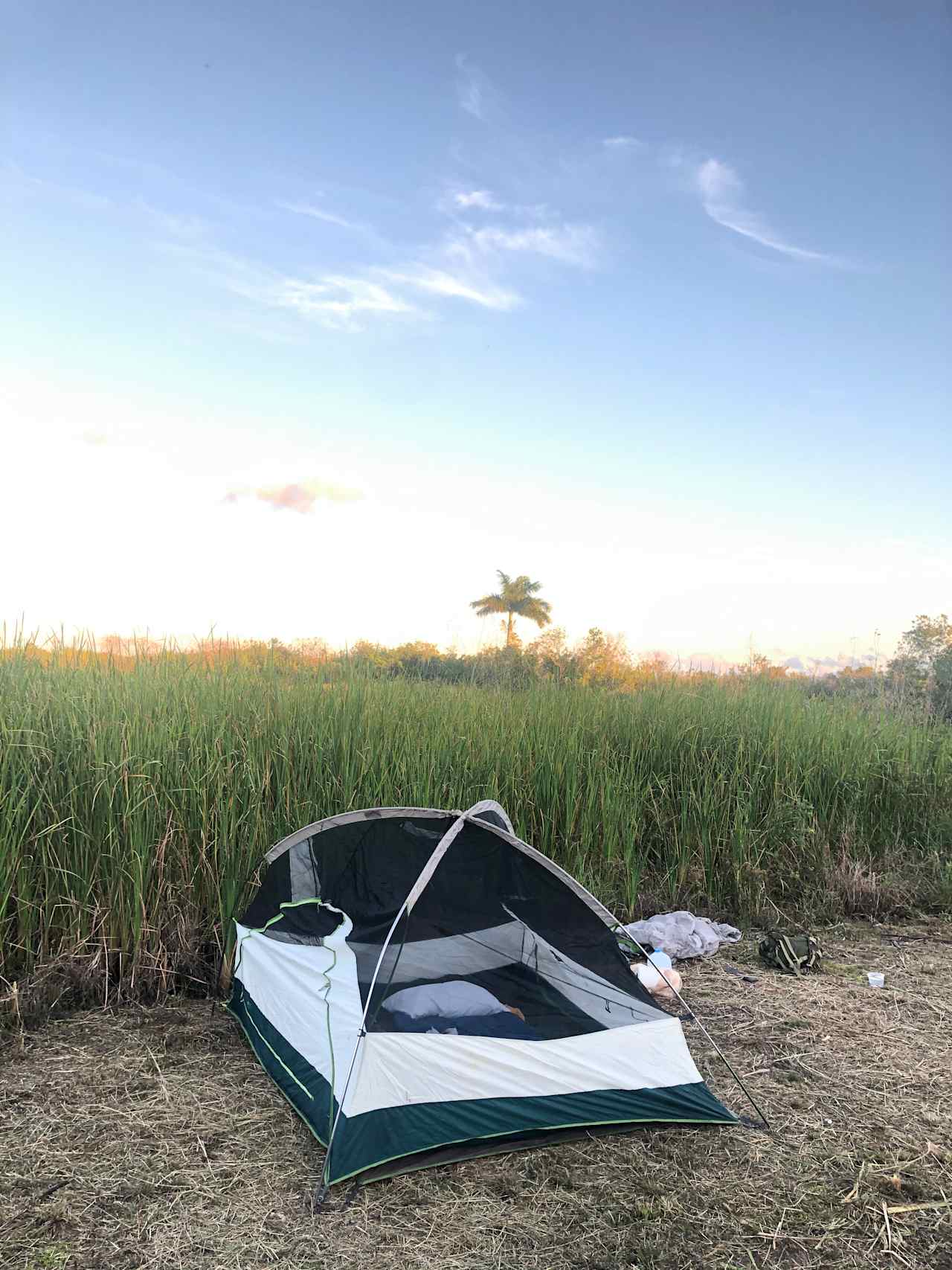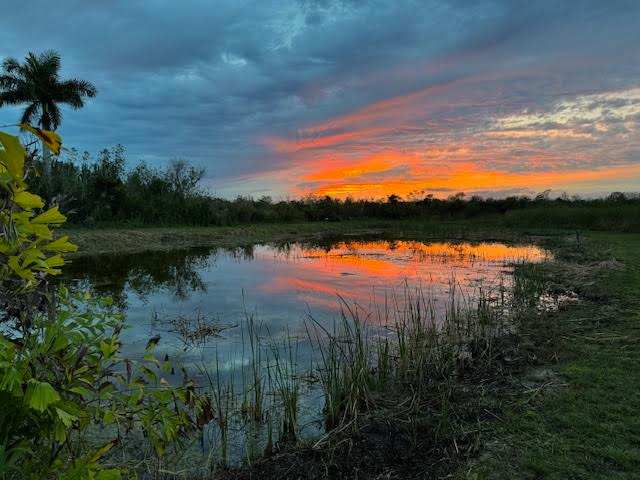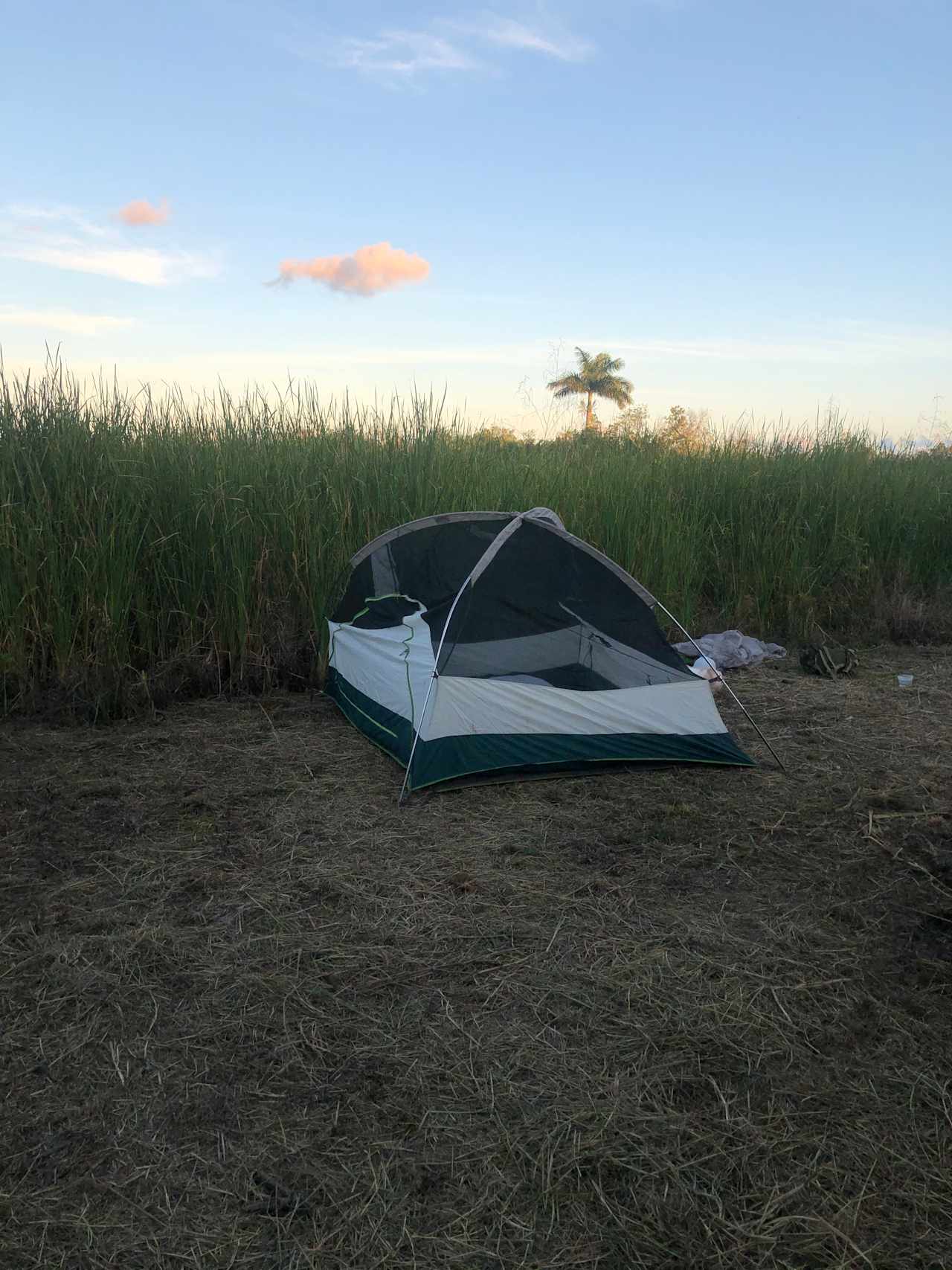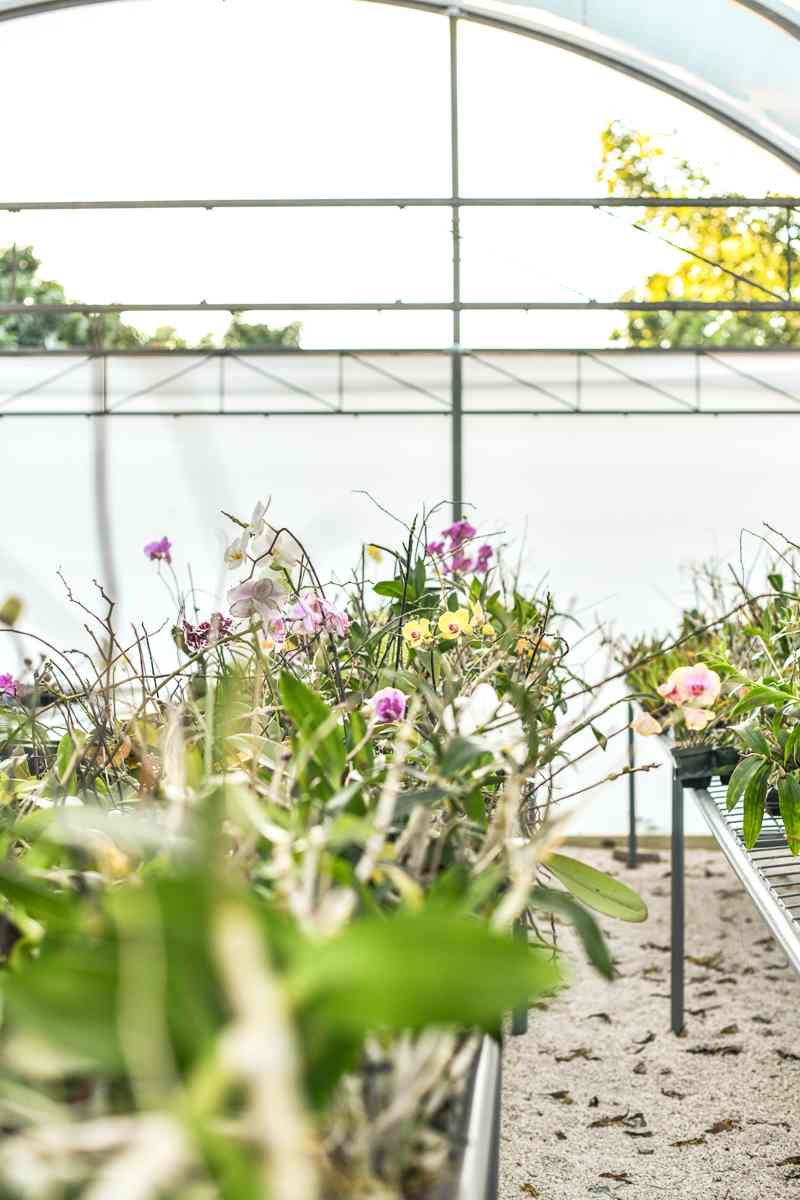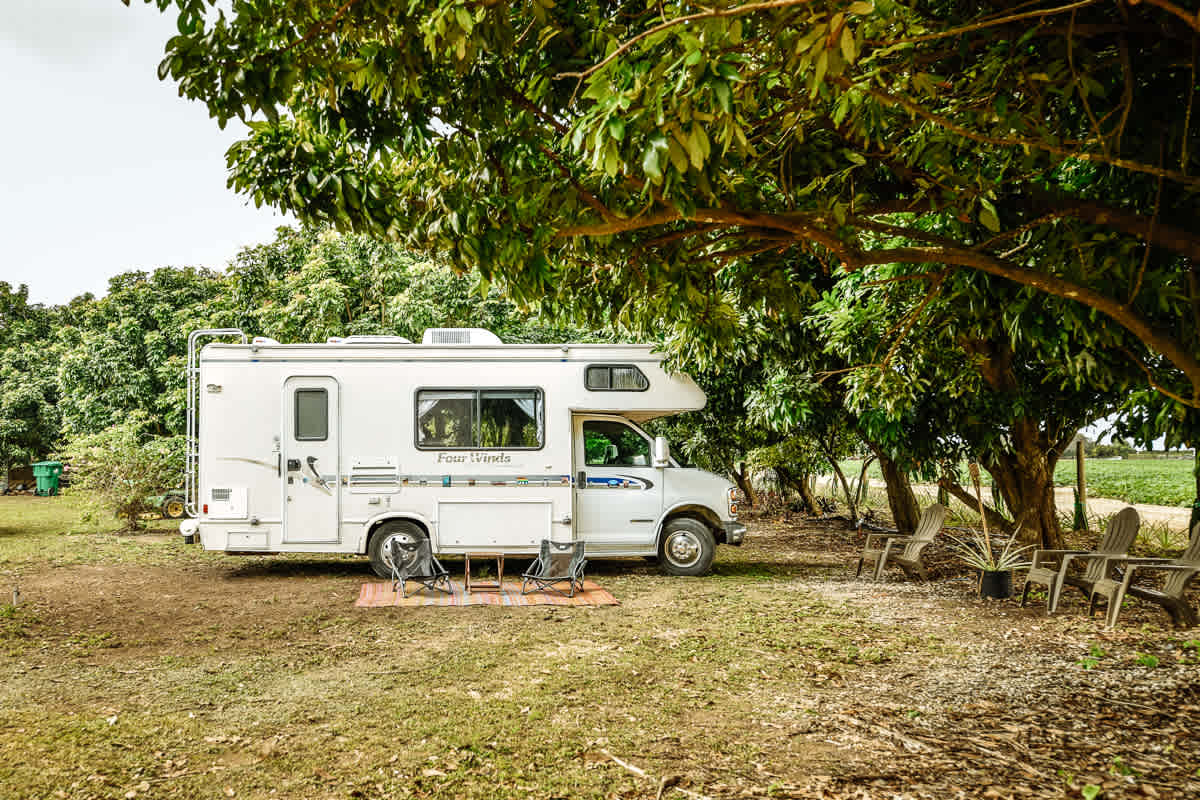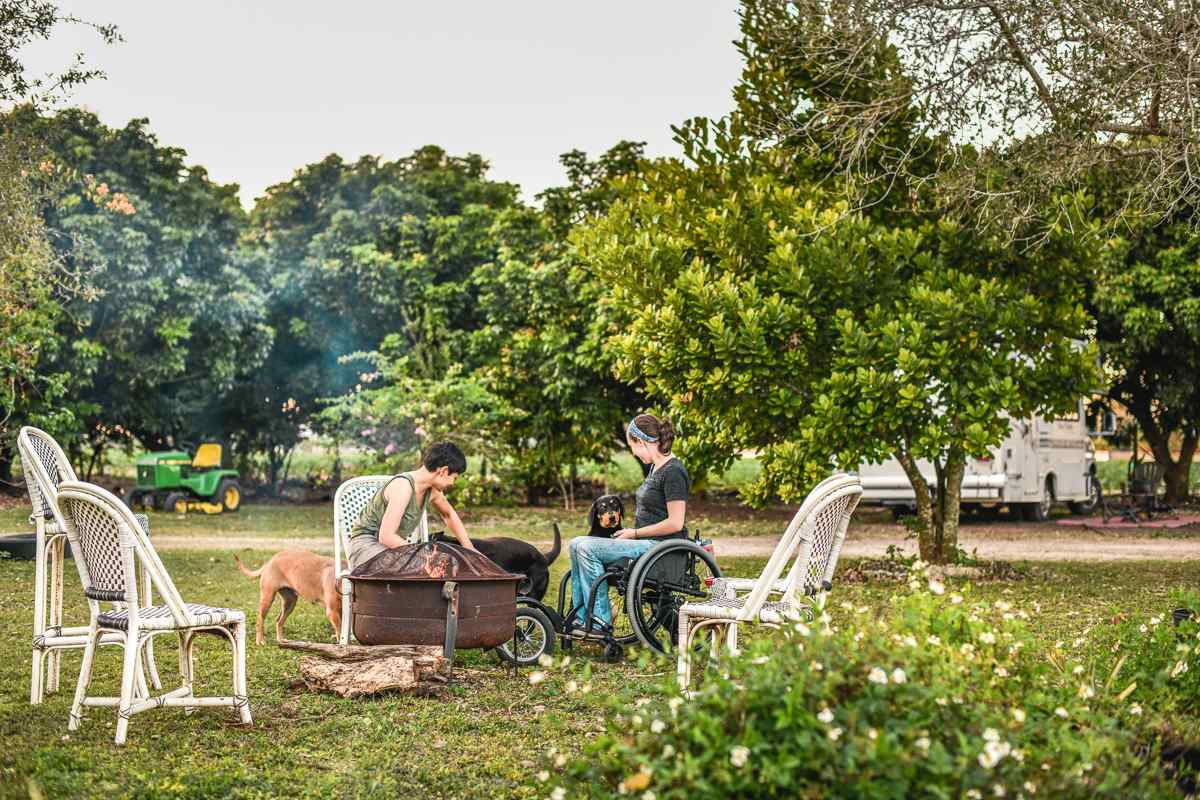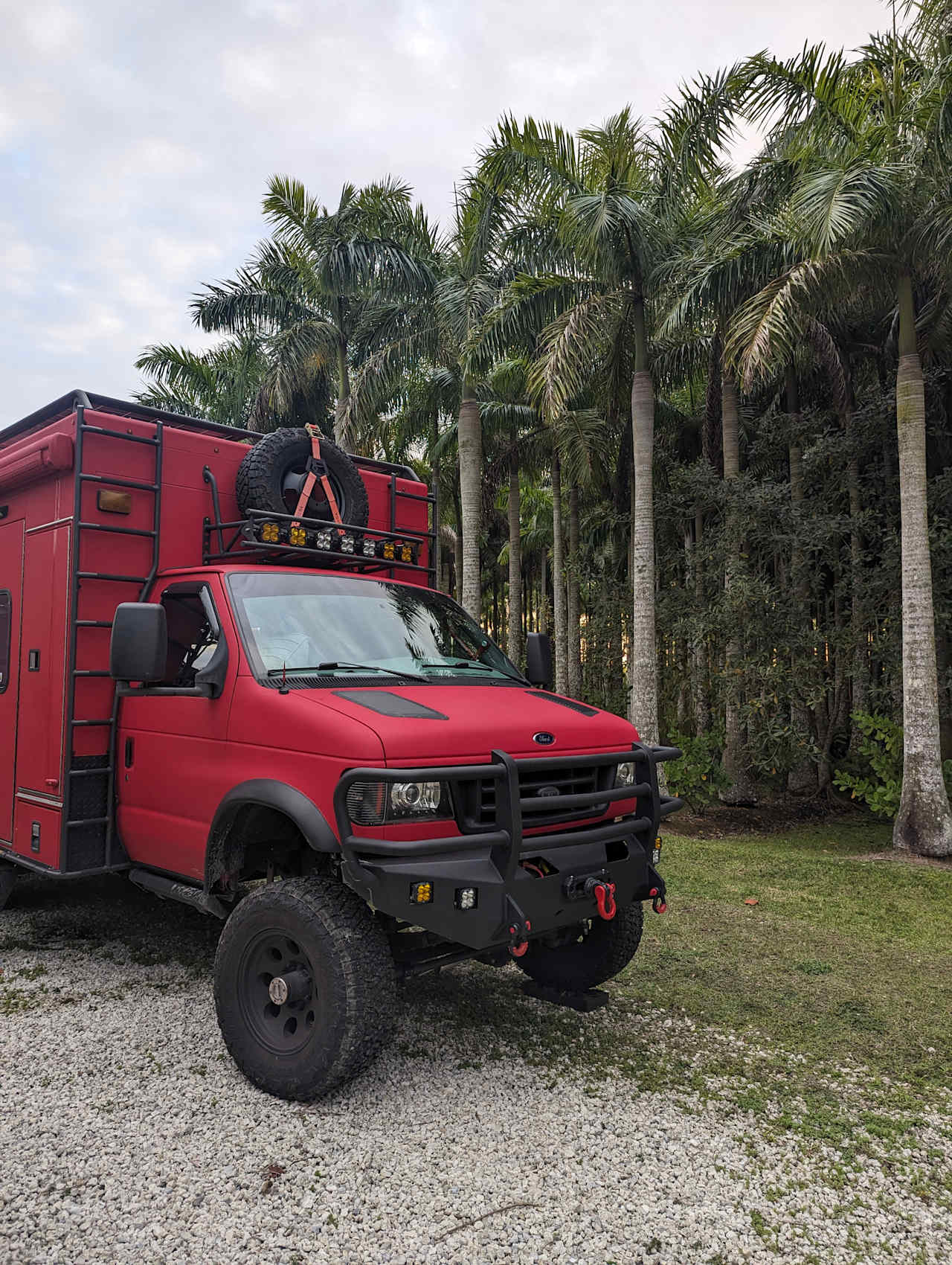The best camping near Indian Key Historic State Park
Discover the most magical spots to pitch your tent or park your rig on your next Indian Key Historic State Park adventure.
Discover the historic allure of Indian Key Historic State Park.
Popular ways to camp
Community favorites near Indian Key Historic State Park
Top-rated campgrounds reviewed by the Hipcamp community.
RV Haven: Keys, Glades, Miami
Gateway to Paradise
Breezy Pines RV Resort
Tropical Getaway
C and M Farm
Pelican Point
Frogs Pad 🐸
Top-rated campgrounds near Indian Key Historic State Park
Gate to the Keys
Islandmorada Water Retreat
Bayside beach, fishing and camping
Gods Country in Miami
Freshgardens Everglades (RV only)
Redlands Palmgrove
The best camping near Indian Key Historic State Park guide
Overview
About
Camping near Indian Key Historic State Park offers a unique opportunity to step back in time and immerse oneself in a rich tapestry of history and intrigue. This 11-acre island, now listed on the National Register of Historic Places, stands as a silent witness to the bustling activity of the early 1800s, when the island thrived on the lucrative business of salvaging cargo from shipwrecks. The remnants of the past are evident in the ruins that dot the island. Once home to transient fishermen, turtlers, and wreckers, the island's fate changed when Jacob Housman, a visionary from Key West, bought it in 1831. With ambitions to rival the wrecking monopoly in Key West, Housman transformed Indian Key into a hub of activity. From a store and hotel to warehouses and wharves, his empire was vast and influential. His audacious move to establish Indian Key as the first county seat for Dade County in 1836 further showcased his ambitions. However, like many tales of ambition, Housman's story took a tragic turn. Legal battles, the loss of his wrecker's license, and the devastating attack by Chief Chekika's warriors in 1840 marked the end of his empire. The ruins on the island today are poignant reminders of this tumultuous past. For campers, the allure of Indian Key Historic State Park lies not just in its scenic beauty but in the stories that echo with every step. Whether exploring the ruins, gazing out at the surrounding waters, or simply soaking in the island's tranquil ambiance, the experience is bound to be both enlightening and rejuvenating.
When to go
The ideal time to visit Indian Key Historic State Park is during the cooler, drier months from November to April. During this period, the weather is more conducive to kayaking and exploring the island's historical sites without the intense heat and humidity. Summer months can be challenging due to higher temperatures and the likelihood of storms, which may affect accessibility and comfort.
Know before you go
- Indian Key Historic State Park is open from 8am until sundown, 365 days a year, offering ample time for daytime exploration.
- Access to the park is exclusively via kayak or boat, with local charter companies providing rental services.
- Entrance fees are $2.50 per person, payable in cash at the iron ranger near the kayak launch or in advance online.
- There are no facilities on the island, so visitors should bring food, water, and a bag for trash.
- Pets are not allowed on the island, ensuring the protection of local wildlife and the preservation of this historic site.
Top cities near Indian Key Historic State Park
- Indian Key Historic State Park
